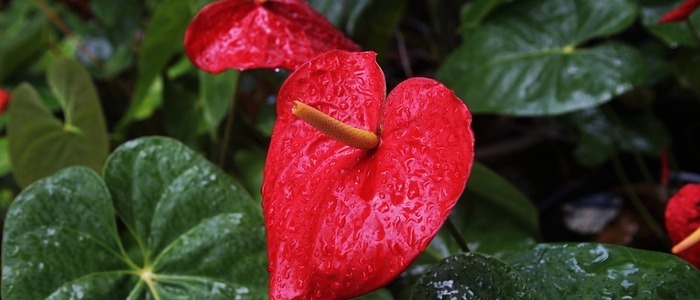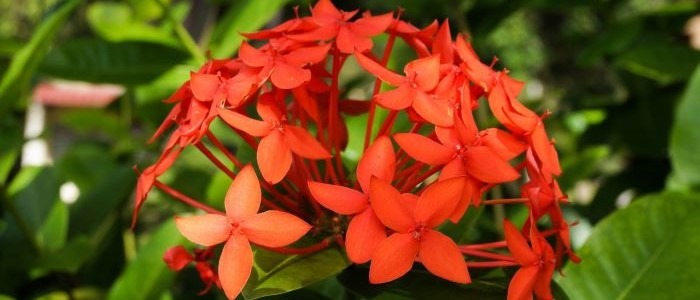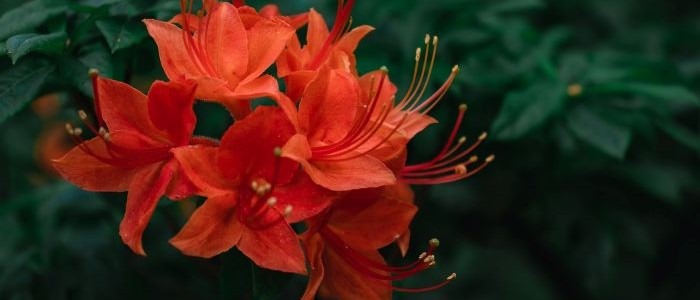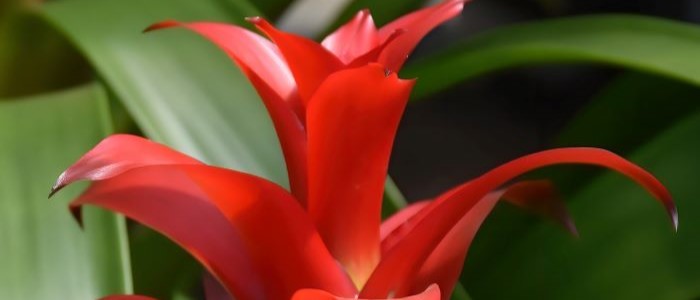Red poinsettia plants are a popular holiday flower, often seen during Christmas time. Not only are its bright scarlet flowers a festive addition to any home or garden, but this blooming beauty requires minimal care and will last throughout the season. With proper attention and care, you can make sure your red poinsettia remains vibrant and beautiful for many years to come.
In this guide, we will go over the basics of growing and caring for your red poinsettia plant so you can have a lovely holiday flower that lasts all season long
Red Poinsettia Plants Frequently Asked Questions
Do red poinsettias need direct sunlight?
Give your red poinsettia plenty of light, preferably in a south-facing window. The ideal temperature for these plants is around 65°F during the day and 55°F at night.
What is the lifespan of the red poinsettia plant?
If cared for properly the red poinsettia can last for approximately two to three months in your home garden. If you want to make your red poinsettia last longer, using a fertilizer every two weeks during the growing season might be helpful.

How to Take Care of Your Red Poinsettia Plants
Your red poinsettia plants will need to be watered regularly, allowing the soil to dry slightly between waterings. If the soil becomes too dry, it can cause leaves and buds to curl, so keep an eye on your plant’s moisture levels. When watering, check that the topsoil is moist but not saturated; you can use your finger or a wooden skewer to check the soil
You should also give your red poinsettia plenty of light, preferably in a south-facing window. The ideal temperature for these plants is around 65°F during the day and 55°F at night. If possible, try to keep them away from drafty areas or heat sources. If you want to make your red poinsettia last longer, using a fertilizer every two weeks during the growing season (spring and summer) might be helpful. Be sure to read the instructions on the container of fertilizer as directed, so you don’t damage your plant.
Most importantly, don’t forget to give your red poinsettia plenty of love and attention. With the right care and maintenance, you can keep your plant looking vibrant and healthy all year round!
How To Propagate Red Poinsettia Plants
Propagation of the red poinsettia is easy and can be done in a few simple steps. First, you’ll need to take stem cuttings from your existing plant. Make sure that each cutting has at least two leaves on it. Next, dip the end of the cutting into some rooting hormone and place it in a pot filled with moist soil.
Keep the new cutting well watered and in a warm place that receives indirect sunlight. Once your cutting has taken root, you can transplant it into its own individual container or pot. From there, you’ll need to continue providing your red poinsettia with regular care and maintenance to ensure it stays healthy and vibrant.
Make sure to water your plant when the soil feels dry, keep it in a location that receives plenty of bright, indirect sunlight, and fertilize your poinsettia every two weeks during its growing period. Lastly, pinch off any dying or wilted leaves as needed to encourage new growth and keep your poinsettia looking neat and tidy. With these helpful tips, you’ll be able to keep your poinsettia healthy and thriving for many years to come! .
Soil and Potting Mix For Red Poinsettia Plants
When selecting a potting mix for your red poinsettia plants, make sure to choose something that is well-draining and contains plenty of organic material. A general all-purpose soil or a good quality commercial mix should work just fine. If you’d like, you can also add some perlite or vermiculite to help improve drainage.
When it comes to choosing a pot, make sure that you pick one that is of an appropriate size for your poinsettia. Pick a pot that’s just slightly larger than the root ball so that the soil can naturally expand without being overly crowded. You may also want to line the bottom of the with a few pieces of broken terra cotta or some similar material in order to ensure proper.
Once you have your soil and pot ready, fill the bottom third of the with soil and then carefully place your Poinsettia inside. You may need to loosen it from its original container before planting.
Pruning Red Poinsettia Plants
Pruning the Red Poinsettia Plant is also a great way to maintain the shape of your plant and keep it looking its best. Prune the stems back to where the branch forks, leaving about four leaves on each stem for optimal growth. Pruning should be done in spring or early summer. Additionally, these plants are susceptible to pests such as spider mites and mealybugs, so if you notice any of these pests, treat them with an insecticide before they cause further damage.
Protecting Poinsettia Plants From Frost or Cold
Red Poinsettia Plants are susceptible to frost and cold temperatures, so make sure to keep your plants in a warm place with plenty of bright indirect sunlight. When temperatures start to dip below 50 degrees Fahrenheit, bring your poinsettias indoors. This plant is tropical and cannot tolerate cooler temperatures. If you live in an area with extreme cold, you may need to bring your poinsettias indoors for the winter months.
Signs of Poor Health In Poinsettia and Potential Causes
If your Poinsettia plants start to show signs of poor health such as yellowing leaves, wilting flowers or faded color – it could mean a few different things. The most common causes are improper light, overwatering, underwatering and pest infestations. To protect your plants from pests, check them regularly for insects and treat with an appropriate insecticide.
Conclusion
If you follow these simple tips and tricks, you should have beautiful, blooming poinsettia plants to enjoy around the holidays. Protect your plant from insects, pests, cold temperatures, and direct sun exposure to ensure it lives a long life. With some extra attention and care, you can keep your Poinsettias looking their best for many holiday seasons to come. Enjoy!
Other House Plants With Red Flowers













